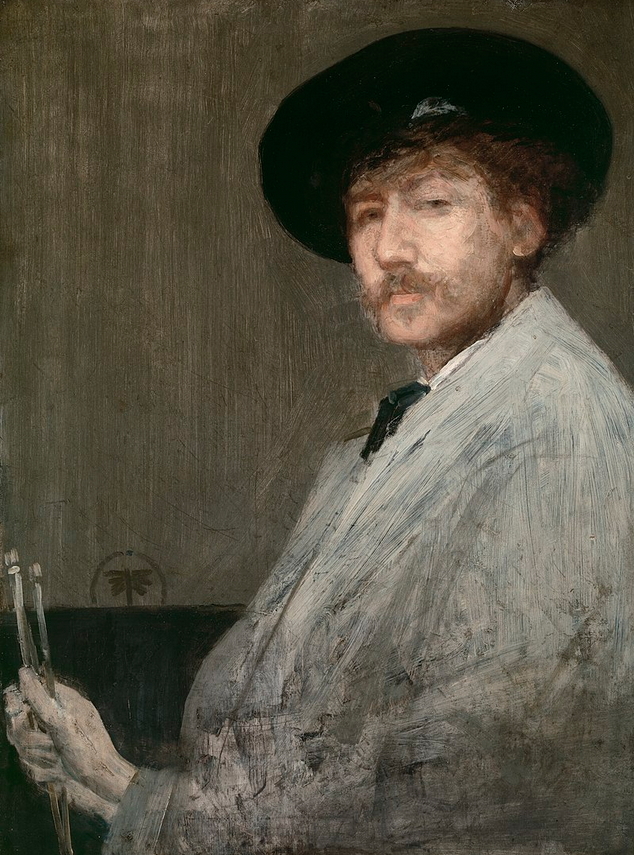Facts about James Whistler
James McNeill Whistler Biography
James Abbott McNeill Whistler’s deft brushwork and mighty ego made him one of London’s best-known painters in the second half of the 1800s.
Born in Massachusetts, Whistler spent most of his adult life in England and France, in an era when an American artist in Europe was something of a rarity.
He specialized in landscapes and (especially later in his career) portraits; stylistically he is often linked with Claude Monet and August Renoir, though he was not exactly part of the Impressionist movement.
His etchings also are highly regarded. Witty, cranky and a bit of a devil, Whistler was a regular gadabout in British society. He had a famous long-running feud with the playwright Oscar Wilde, each of them trying to outwit the other with cutting public remarks.
Some critics of the era considered Whistler’s work to be smudgy and too radical; after viewing Whistler’s 1875 study of fireworks over the Thames, Nocturne in Black and Gold: the Falling Rocket, John Ruskin wrote: “I have seen, and heard, much of cockney impudence before now; but never expected to hear a coxcomb ask two hundred guineas for flinging a pot of paint in the public’s face.”
Whistler successfully sued Ruskin for libel but was awarded only a farthing in damages, and the legal fees helped drive Whistler into bankruptcy in 1879.
Among Whistler’s other famous paintings are Symphony in White #1: the White Girl (1862) and Arrangement in Grey and Black: Portrait of the Painter’s Mother (1871) which is more famously known as Whistler’s Mother.
His 1890 collection of letters and essays was titled The Gentle Art of Making Enemies.

